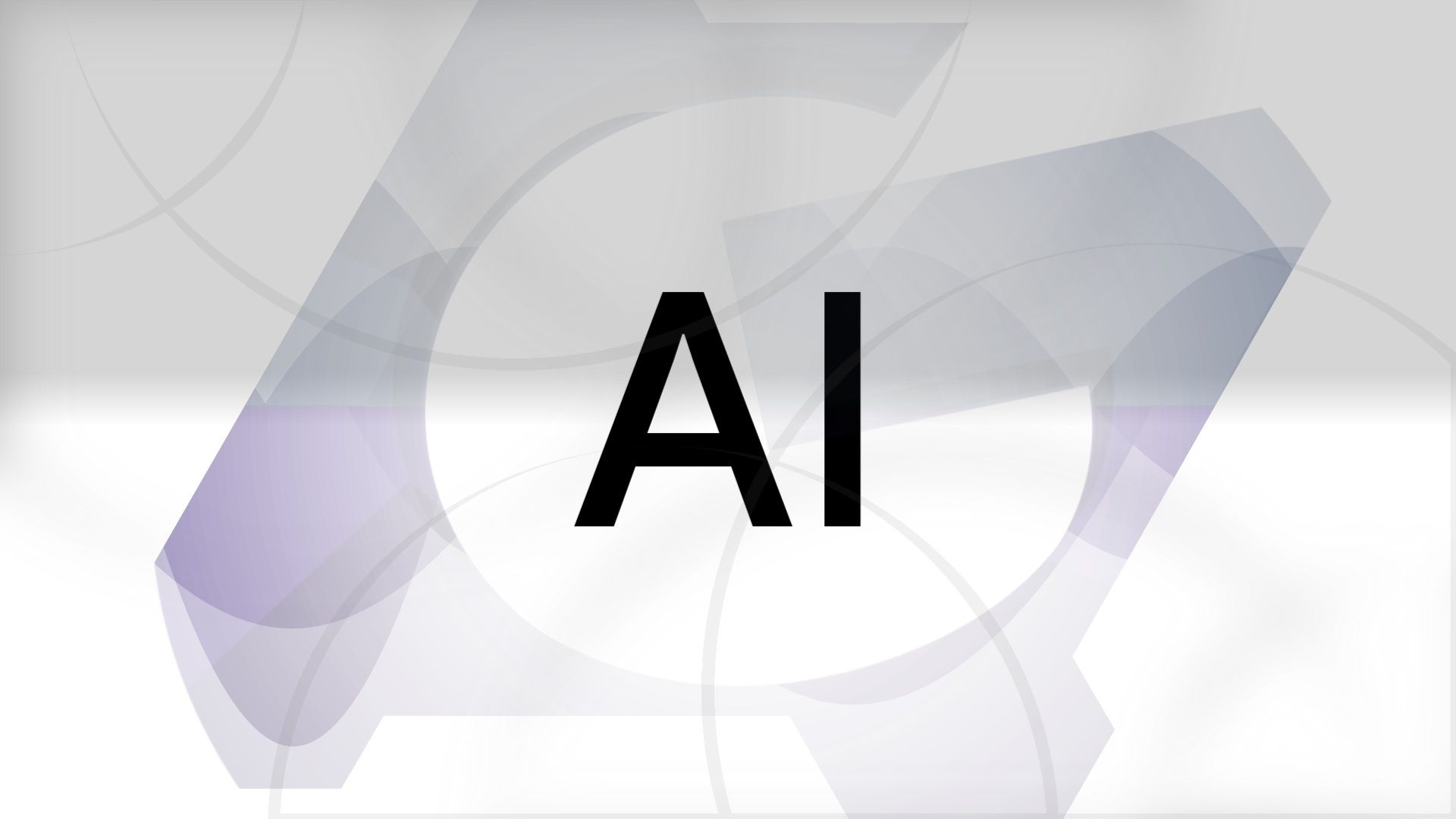Summary
- So little is known about the brain and AI is being used to help.
- Google’s AI tools created a complex brain map for scientists to study.
- Using these maps, it might be possible to understand why brain diseases occur.
Artificial intelligence has been around for some time, but only recently started blowing up thanks to services like OpenAI’s ChatGPT. And while most of us will only see the tech being used to enhance the apps, devices, and services we use every day — behind the scenes, companies are utilizing the technology to help evolve the way complex research is being conducted.
With that said, Google has shared how it’s using AI technology to help neuroscientist researchers at Harvard, by creating one of the most complex maps of the brain to ever exist. These maps could some day help researchers by providing a more in-depth understanding of how the brain works, and why certain disorders and diseases occur.
Just a small sample, but what a view
Utilizing “AI-based image processing and analysis,” the team was able to build a detailed map that “reconstructs nearly every cell and all its connections.” As you can imagine, this is a monumental task and just creating this data set alone required 1.4 petabytes to encode.
Perhaps even more surprising is that this set of data is for just a sliver of the brain, about half the width of a grain of rice that comes in at roughly about 3mm long. A small piece of a healthy donor brain was used in the research and Google went to work using its AI tools to construct an interactive map, which can be accessed by the public.
While this might not sound all that exciting, I’d urge you to take a look, because once you dive in, it’s quite fascinating. You get to see just how the data is being mapped, and it’s actually pretty wild to look at. As a reminder, this is just a small slice, and one can only imagine how much more would be required to map out the whole brain in its entirety.
When it comes to the details, the generated map contains roughly 50,000 cells and 150 million synapses. Scientists were able to see these complex connections, with some neurons being as small as 15 micrometers. Of course, scientists were also able to find some things that were entirely new, like “axon whorls,” which have at this point in time, have unknown functions.
As you can tell, there are a lot of intricate details here, and if you’re looking to get deep, you might want to check out some of the data on your own. But with AI at the helm, there’s potential that someday, scientists will be able to really understand how the brain works, and get answers to pressing questions like how memories form and what causes neurological diseases like Alzheimer’s.





